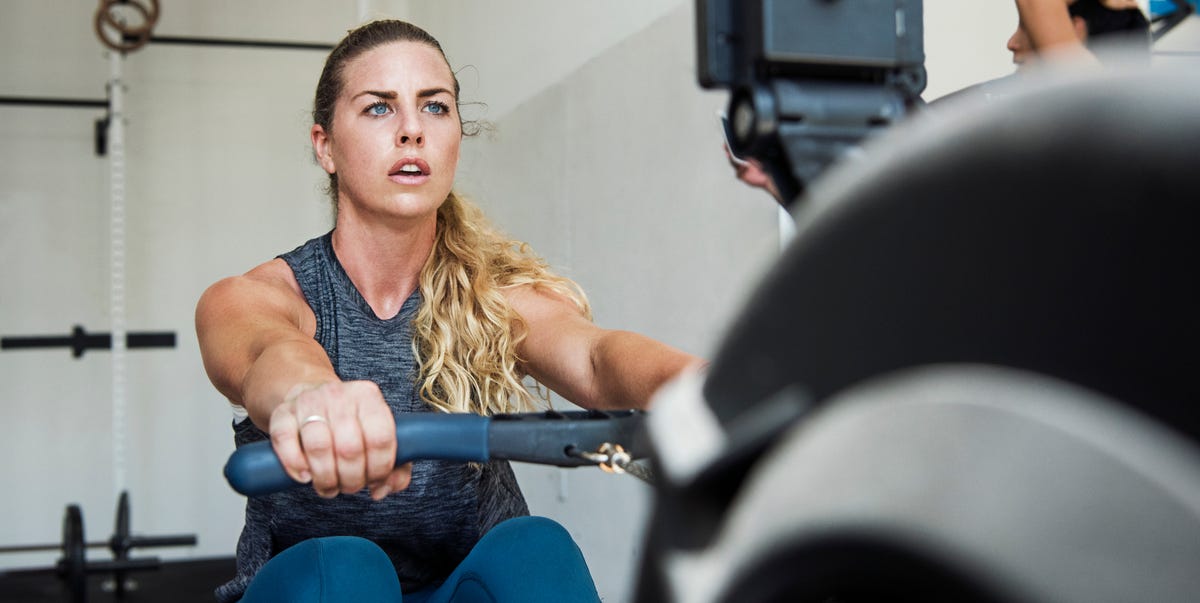Whether you’re on water or using a machine in your living room, rowing is a brilliant full-body workout. Low-impact, heart-healthy, and strength-building, it’s an incredible tool for building cardiovascular fitness, muscular endurance, and confidence. It ticks all the boxes for movement, especially if you’re looking to future-proof your body in midlife and beyond.
But, like anything, technique matters. Poor form doesn’t just make rowing less effective; it can also lead to niggles, discomfort, or even injury. Especially for women navigating midlife changes, when our joints and connective tissues can feel a little more vulnerable, that matters even more.
Here are five common rowing mistakes and how to correct them for a smoother, stronger stroke.
Meet the expert: Kate Rowe-Ham is a personal trainer and the founder of Owning Your Menopause, an online community dedicated to helping women approach this life stage with confidence and positivity. With a strong focus on education, she champions the power of movement and nutrition in managing menopause symptoms, empowering women to take charge of their health and wellbeing through simple, sustainable lifestyle changes.
5 common rowing mistakes and how to fix them 1. Bending your knees too early on the recovery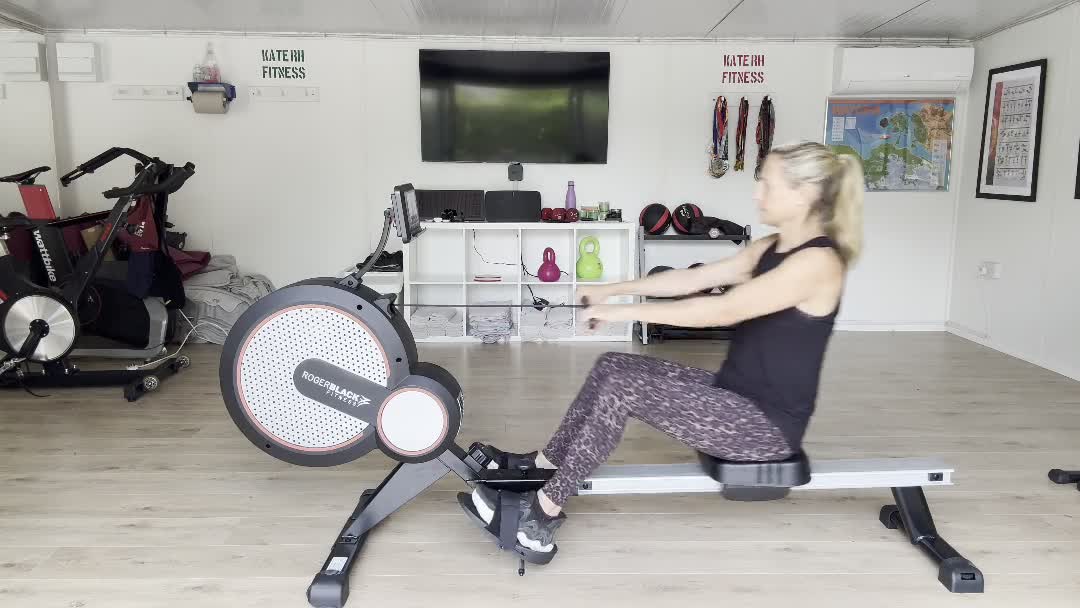
One of the most common mistakes is bending your knees too soon on the way back, before your arms and torso have fully extended forward. This breaks the fluidity of the stroke and can feel jerky or rushed.
What to do instead
Follow this sequence:
Arms extend (straighten out in front of you)Your body leans forwardThen your knees bend
Think: arms, body, then knees. Smooth, controlled, and graceful, as if you’ve done it a thousand times.
Related Stories
2. Pulling with your ams too early
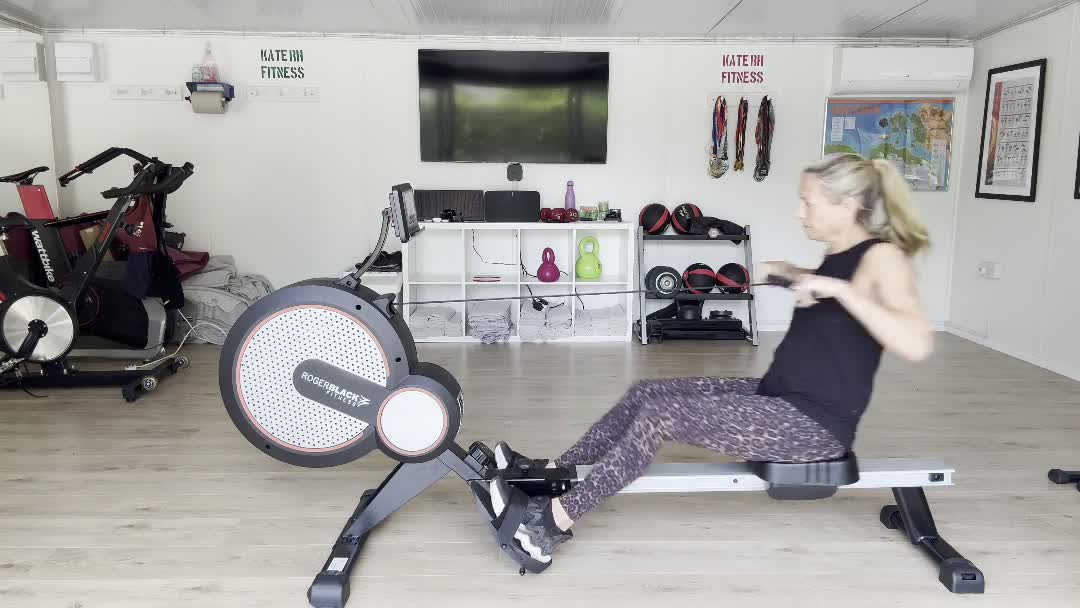
This one’s big. Many people forget that rowing is a leg-driven exercise, not an upper-body one. Starting the drive by yanking with your arms cuts off your source of power and can quickly lead to shoulder and neck strain.
What to do instead
At the catch (the moment before you drive), keep your arms straight and push powerfully through your legs. Only when you’re halfway through the drive should your arms start to bend and draw the handle in. Think: legs first, arms second.
3. Over-reaching at the catch
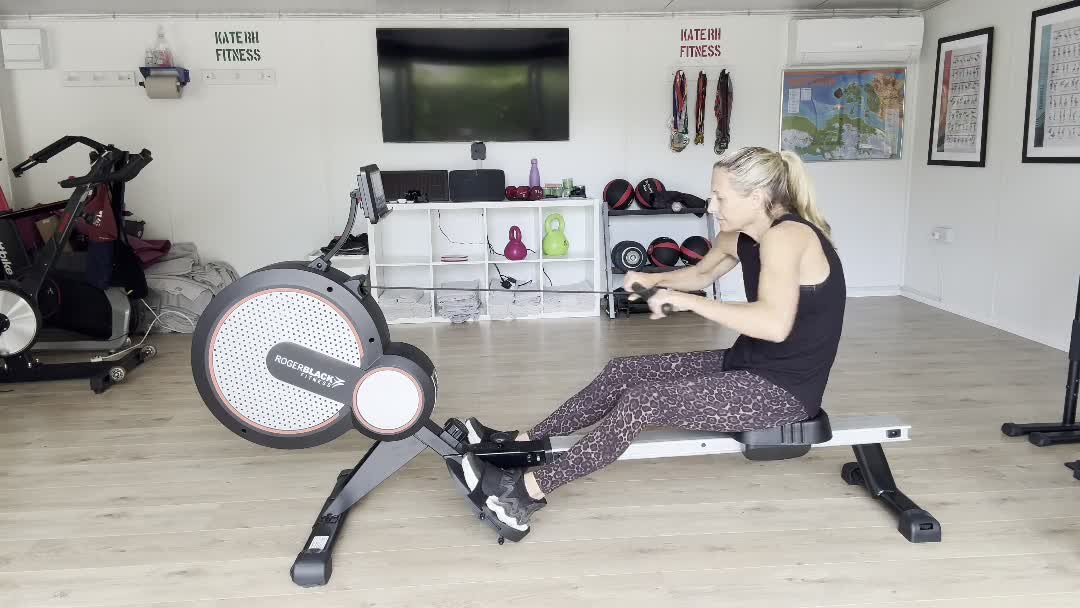
In pursuit of a longer stroke, some people reach too far forward, rounding your spine, collapsing your chest, and tipping your pelvis backwards. It might feel like you’re getting more distance, but you’re sacrificing form (and potentially your lower back).
What to do instead
Keep your shins vertical, shoulders relaxed, and maintain a tall posture. Aim for a proud chest and a slight forward lean from the hips, not a full collapse at the front. Let strength, not slouching, create your reach.
4. Leaning too far back at the finish
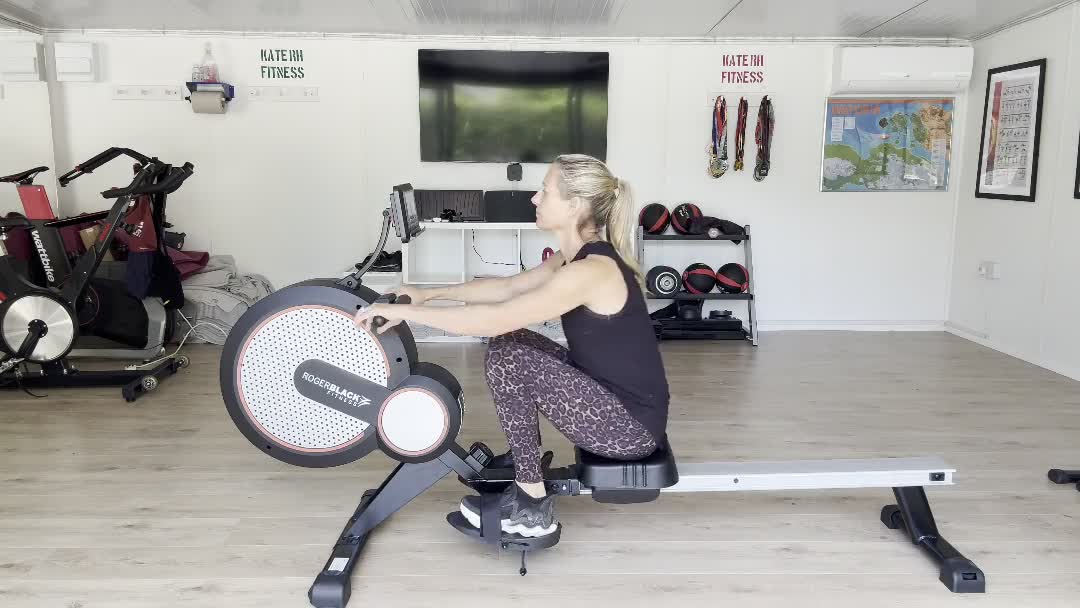
Leaning too far puts unnecessary pressure on the lower back and throws off your timing.
What to do instead
Finish with a slight lean past vertical, engaging your core to support you. The movement should feel strong and tidy, not overdone. Keep your body working with the stroke, not over-extending it.
5. Pulling the handle too high at the finish
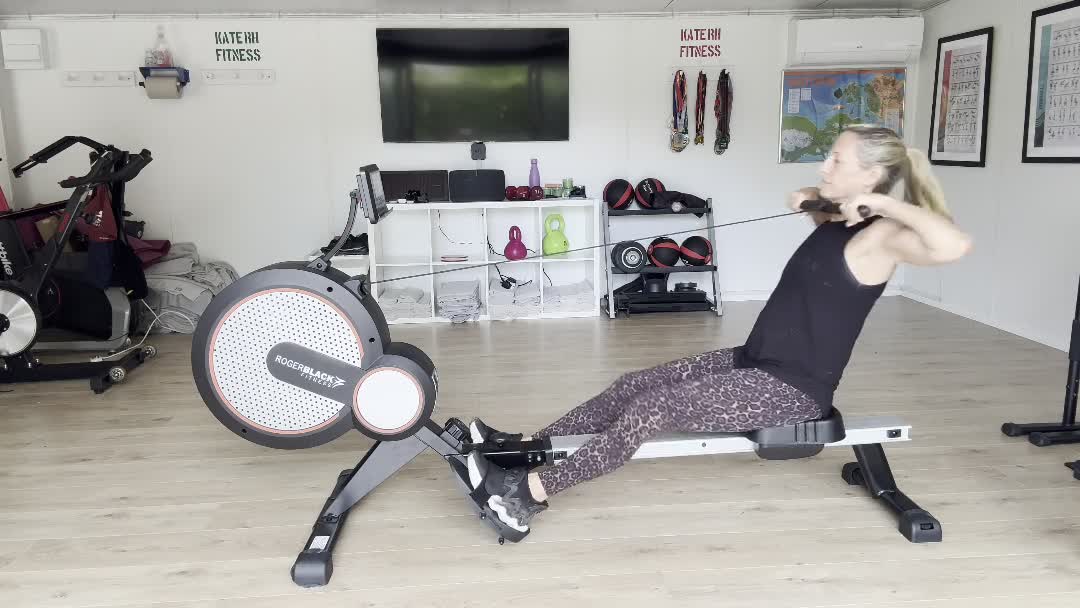
Finishing your stroke with the handle up by your chest (or even your chin!) is another common mistake and one that can wreak havoc on your wrists, elbows, and shoulders.
What to do instead
As you finish the stroke, bring the handle just below your ribs around where a sports bra band would sit. Wrists stay flat, elbows brush your sides. It should feel neat, compact and powerful.
Rowing only works if we establish the right form and give our bodies the chance to move well, not just move more. So next time you get on the rower, take a moment to reset. Slow it down. Feel the flow of the stroke. It’s about progress.
Related Stories

